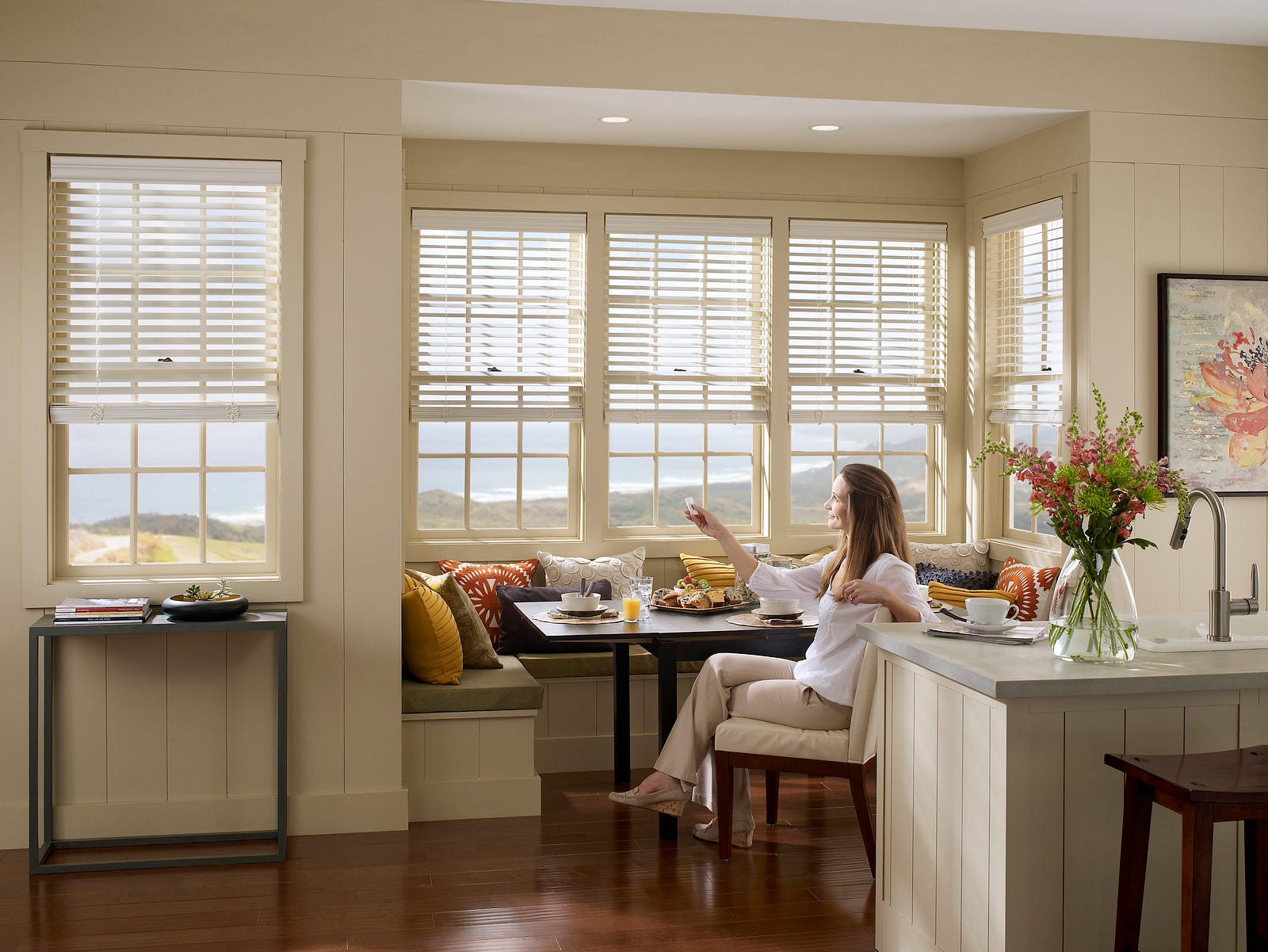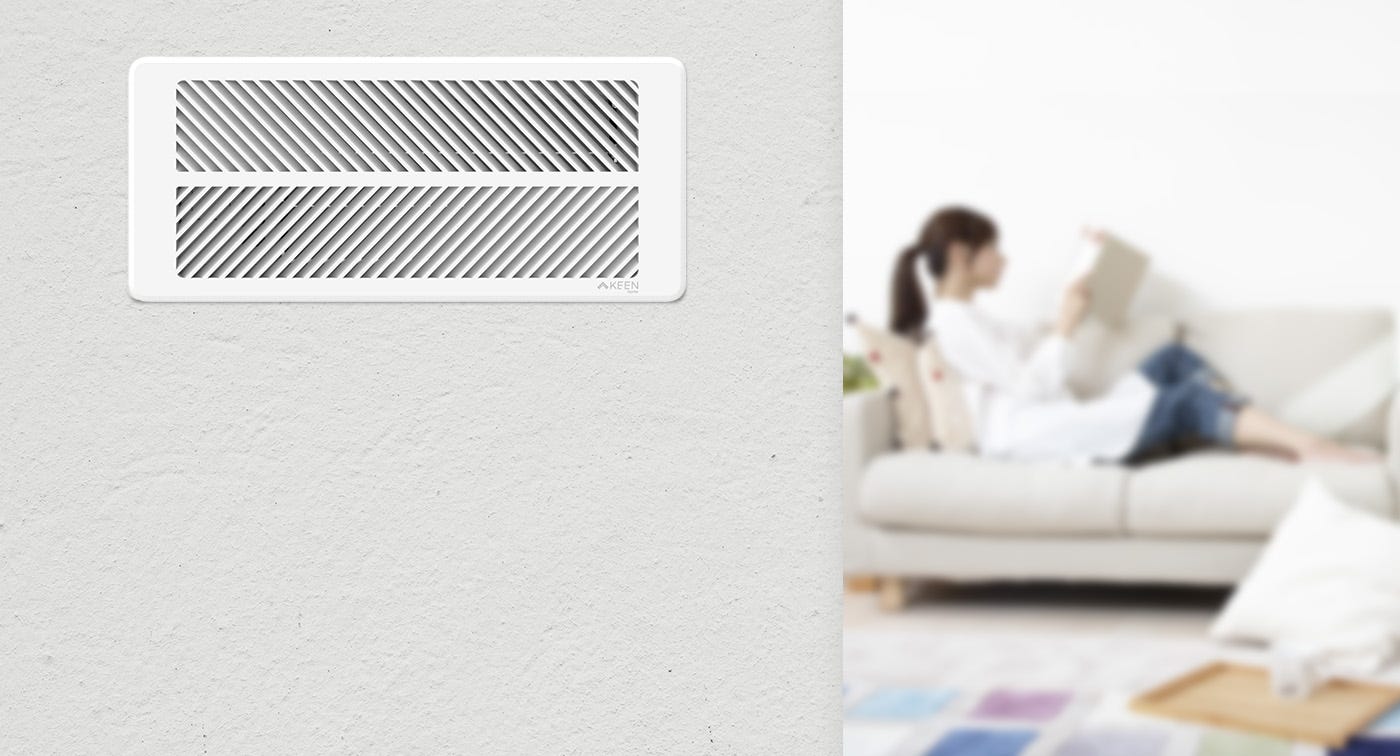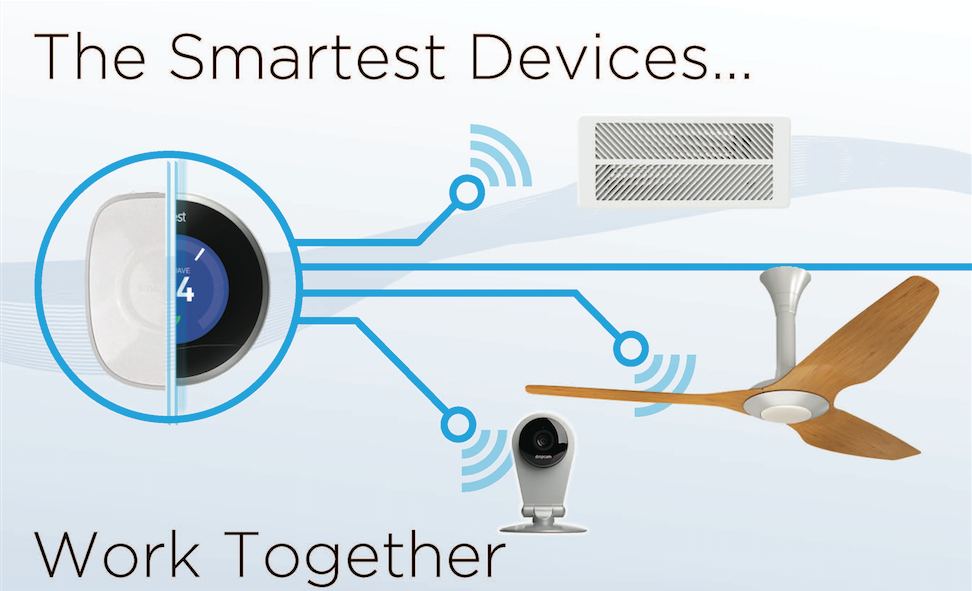
In 1962 the Jetsons popularized the home of the future. With its automated walkways and robot maid, the entire house adapted to the homeowners’ needs. Comfort was facilitated by proactive devices that thought about their owners and removed moments of stress that are often all too common in homeownership.
Fast forward 50+ years and we are closer to living like the Jetsons than we have ever been. But despite the strides that have been made, our devices — even the smart ones — are still mostly reactive. But not for long. The Connected Home 2.0 is coming, and it’s going to usher in a whole new paradigm for smart devices.
Connected Home 1.0

Today’s smart homes contain an impressive array of devices, ranging from security cameras to light bulbs. Though they can be accessed from your phone or told to turn on or off at a set schedule, these devices are essentially just remote controlled. While they provide a great introduction to the home of the future, they aren’t proactive solutions. Tapping a button on your phone is fundamentally different from having a device that learns your behaviors to improve the experience of using it.
As the smart home develops and the “Internet of Things” expands into more areas of our lives, the inevitable next step is for products to start “thinking” about their users.
The inevitable next step is for products to start “thinking” about their users.
This is called “proactive intelligence.” The prevalence of reactive intelligence today gives builders and homeowners a glimpse of what is possible, but doesn’t demonstrate the benefits of a smart home to more than a niche audience of early adopters and tech enthusiasts. In some cases, the experience of controlling devices from your phone can even be more cumbersome than controlling their “dumb” predecessors. Devices truly become intelligent when they not only take our inputs, but start to learn what those inputs say about how we prefer to use them.
Moving To a More Proactive Home

A handful of proactive solutions are already available and addressing fundamental needs of homeownership. Nest’s learning thermostat and Protect smoke and CO monitor are the most recognizable. They take in hundreds of data points ranging from presence to temperature to learn a homeowners preferences and regulate themselves and the home accordingly. In home security, Canary’s motion sensors track your comings and goings to make your home more secure. RainMachine has built a smart sprinkler system that collects weather data from the Internet to create watering schedules.
At Keen Home, we are big believers in the importance of proactive solutions. Our smart vents are built to not just open and close when instructed to, but to learn a homeowners heating and cooling preferences and the nuances of their HVAC system. Armed with this information, they automatically regulate the temperature of a home, helping homeowners save money on their energy bills by only heating and cooling individual rooms as needed.
Builders and HVAC professionals are excited about what proactive solutions like smart vents mean for their customers. Josh Thomson, CEO of Thomson AC is looking forward to helping his clients proactively control their comfort without the need for a full zoning retrofit.
“Keen Home’s smart vents will provide a wonderful way for my customers to control each individual climate need throughout their home, without breaking the bank.”
Smart Vents give homeowners unprecedented control over specific rooms and learn the homeowner’s unique settings to better meet their needs. By utilizing integrations with other proactive smart home solutions such as Nest, a homeowner with smart vents can have have a whole-home solution that thinks about them day in and day out.

What’s Next
Builders and homeowners alike are waking up to the benefits of retrofitting old homes and building new ones with intelligence in mind. With the Connected Home 2.0 right around the corner, there will soon be more ways to add meaningful intelligence to the home than ever before. As homeowners consider their next home renovation project and builders look for new ways to build homes that truly stand out to buyers, proactive smart home solutions will undoubtedly be at the top of the list. Who doesn’t want more time to focus on the things that truly matter? That’s what a proactive home provides. We can all get behind that.